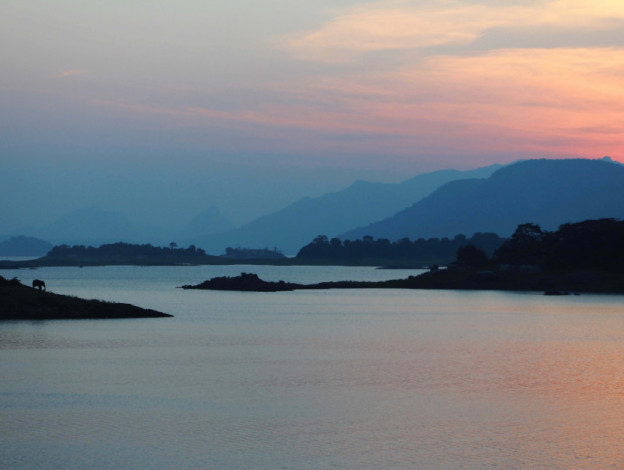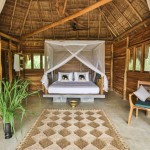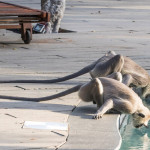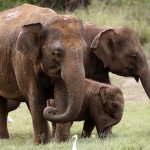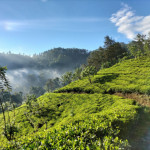Michael Edwards explores Sri Lanka’s forgotten paradise in hid guide to Gal Oya National Park
Think safari and usually you get images of a cluster of vehicles intruding on an elephant’s bath-time or a leopard’s post lunch snooze. As the vehicles depart they leave rutted tracks and a mini dust storm.
But not in Sri Lanka at the Gal Oya National Park. This is a remote and peaceful paradise.
In August 2024, Sri Lanka’s seventh largest National Park celebrates the 70th anniversary of its opening. Though, despite offering Sri Lanka’s only water safari, the park is the least visited of all 16 national parks.
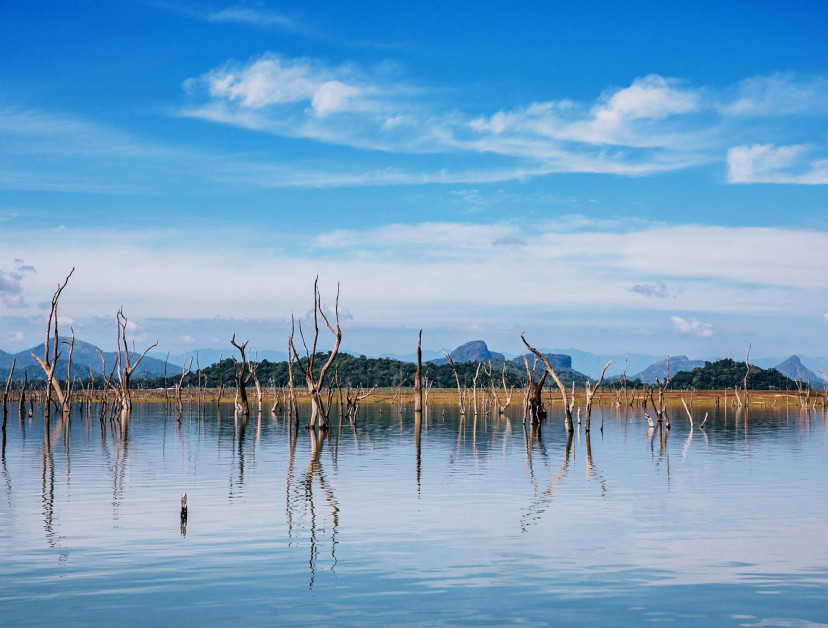
When the teardrop island gained independence from the British Empire in 1948, the creation of a vast reservoir was a prestigious project promising to bring water and prosperity to the dry east of the new Dominion of Ceylon. With a catchment area of 384 square miles, the lake is exactly the same size as the West Midlands and significantly more than twice the Isle of Wight.
Labelled a multi-purpose project, the lake provided hydro-electric power, irrigated
thousands of acres of farmland, provided water for the town of Ampara and fed fish farms too. This was what Ceylon could achieve with independence.
To mark the legacy of the country’s first prime minister, the lake was named Senanayake Samudra after him. Though to locals it simply became known as “The sea.” That damming of the Gal Oya river, between two dark peaks of the Inginiyagala Mountains, has created a paradise for birds and wildlife.
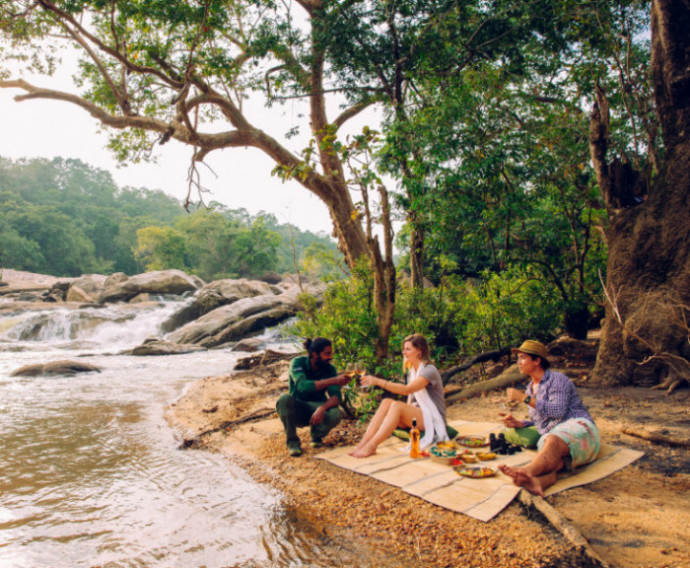
Usually January to May is Gal Oya’s green season. Sometimes torrential monsoon rain raises the water level by as much as 34 metres. Painted Storks, pelicans, cormorants and teals fly amongst the lake’s 47 islands. Though some islands are temporarily submerged as the waves rise.
Islands are used by grey herons as a mass maternity ward. Fish in mouth, a heron delivers a meal to his partner guarding the eggs from monitor lizards who are always scuttling across the rocks looking for an easy meal. By the end of the breeding season the nests have become covered with guano too acidic for plant life to grow. Then rising waves clean the rocks for the next season. Ornithologists head for Gal Oya as it’s home to many of Sri Lanka’s 400 species of birds.
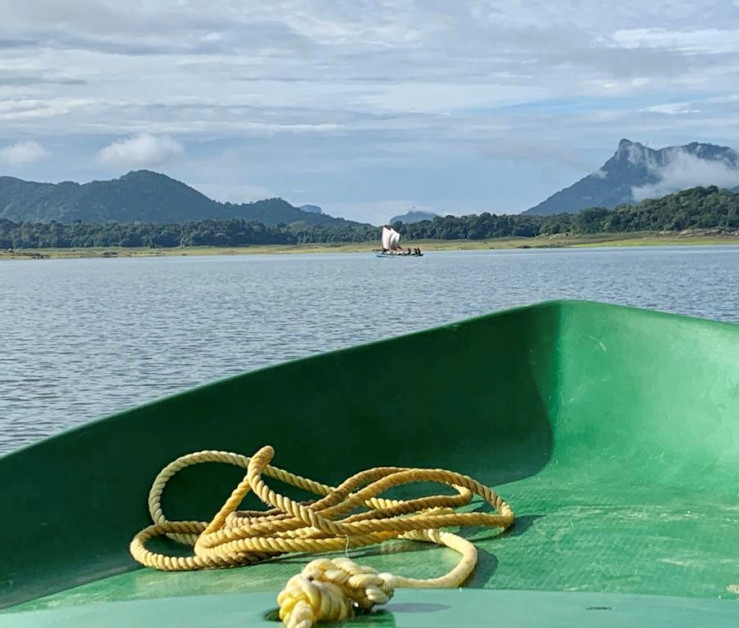
The lake becomes a paradise for photographers too: capturing shots of sea eagles diving for fish, pelicans posing on the spectral tree trunks that recall the forest that once stood on these acres. Fishing boats with old red saris serving as sails. Though the elusive dream photo is of a flotilla of elephants, trunk snorkels up, swimming between the islands.
Around 200 elephants can be found throughout the park, ground level grazers rather than tree browsers like their African cousins. For these elephants, their trunk of around 40,000 muscles is virtually a fifth limb. These elephants follow ancient pathways trekked by their ancestors for centuries. Dust on their wrinkled skins serves as sun-block and they flap their ears to keep themselves cool in temperatures that often exceed 30 centigrade. Alternatively, they cool off with a swim.
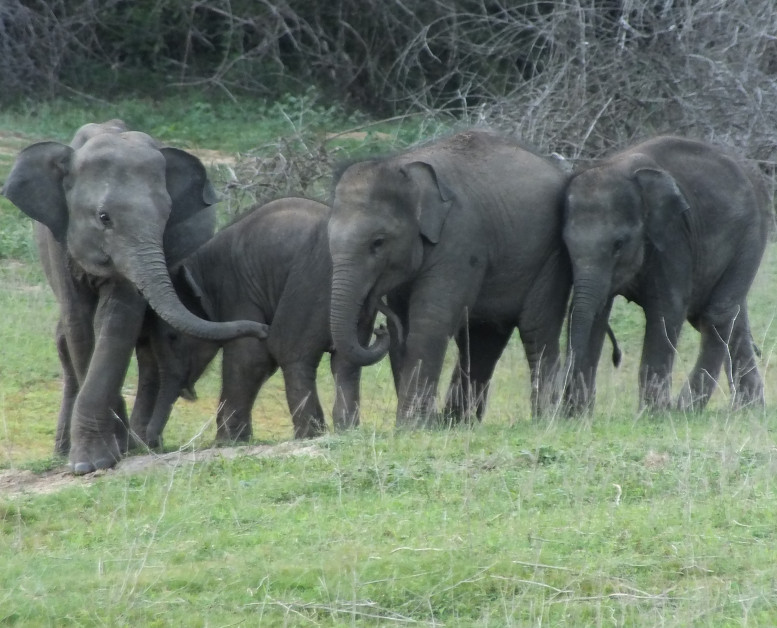
Only four small green boats, once naval vessels, are licensed to provide tourist water safaris on this vast lake. It’s a place of supreme serenity and romance. Particularly when the boat is moored for an al fresco breakfast or lunch picnic. With just four boats on offer it is essential to book in advance. During monsoon season, the breakfast sailing gives you the best chance of staying dry as dark storm clouds usually roll in from midday onwards.
Our journey to the lake had begun at Gal Oya Lodge who had booked us a boat, driven us 30 minutes to the lake and provided Manoj as our guide. Temporarily seconded to the Jim Edwards Research Centre, Manoj was a qualified naturalist who was on his way to ticking off stints at all of Sri Lanka’s National Parks. As a survivor of the 2004 Boxing Day tsunami he had a remarkable story to tell.
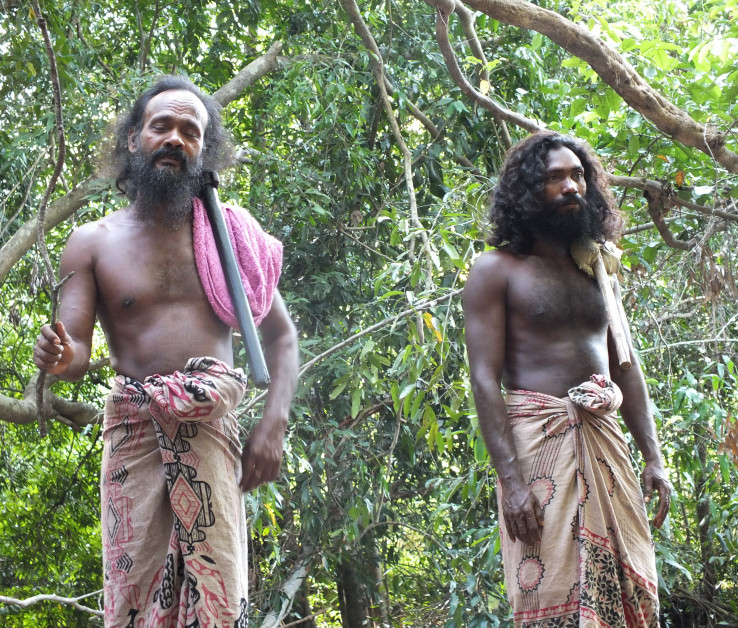
Guides from the centre lead walks around the 20 acres, show guests how to set camera traps and tell of the creatures – and poachers – that they’ve caught on film. So far, they have recorded 47 different mongoose species but just one sighting of an incredibly rare pangolin.
For many visitors, the iluk grass thatched A – framed Gal Oya Lodge is the gateway to Gal Oya. Detached bungalows, their circular shape and iluk thatch resembling local rice stores, are spaced through the lodge’s 20 acres. A swimming pool is surrounded by buffalo grass Introduced by the British as cattle feed it is now an invasive species running rampant.
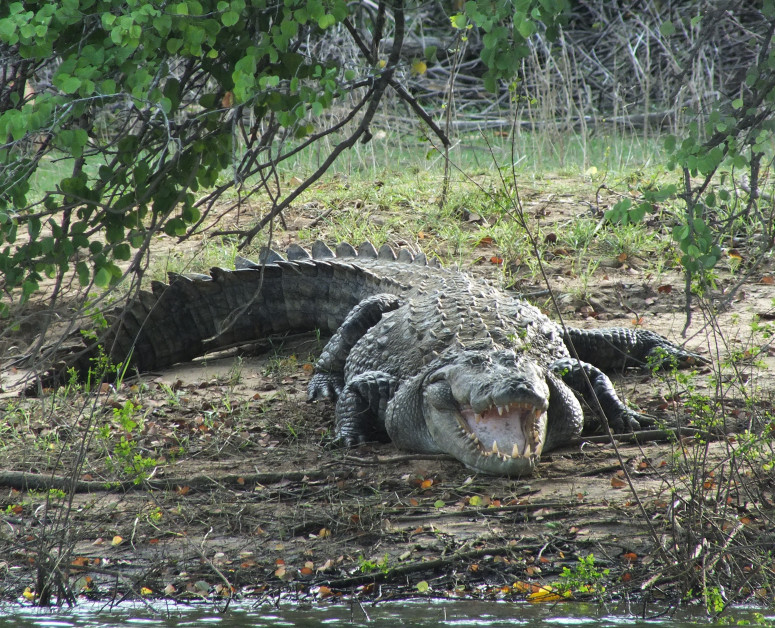
Way east and off the usual beaten tourist track, Gal Oya presents another face of Sri Lanka, a forgotten paradise.
Tell Me More About Gal Oya National Park
Most visitors use Gal Oya Lodge as their base from where they can book activities to explore Gal Oya National Park.
Gal Oya Lodge B527 Sri Lanka
T: +94 (63) 492 9148
E: info@galoyalodge.com
Double rooms, including breakfast, begin from US$ 290. This rate includes taxes and service charge.

